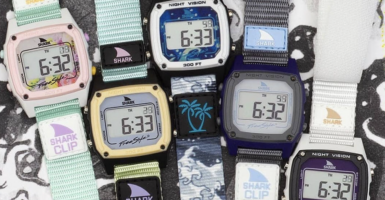Surprisingly Advanced Tech Of The ’50s and ’60s
The midcentury years were marked by many things: The growth of suburban life and the promise of upward mobility, all tempered against the ominous developments of the Cold War.
But the 1950s and ’60s gave us more than what meets the eye. Engineers and scientists were working behind the scenes to develop many of the technologies we use today, and in many cases, these 1950s and 1960s inventions seemed like they were straight out of the future.
Transistor
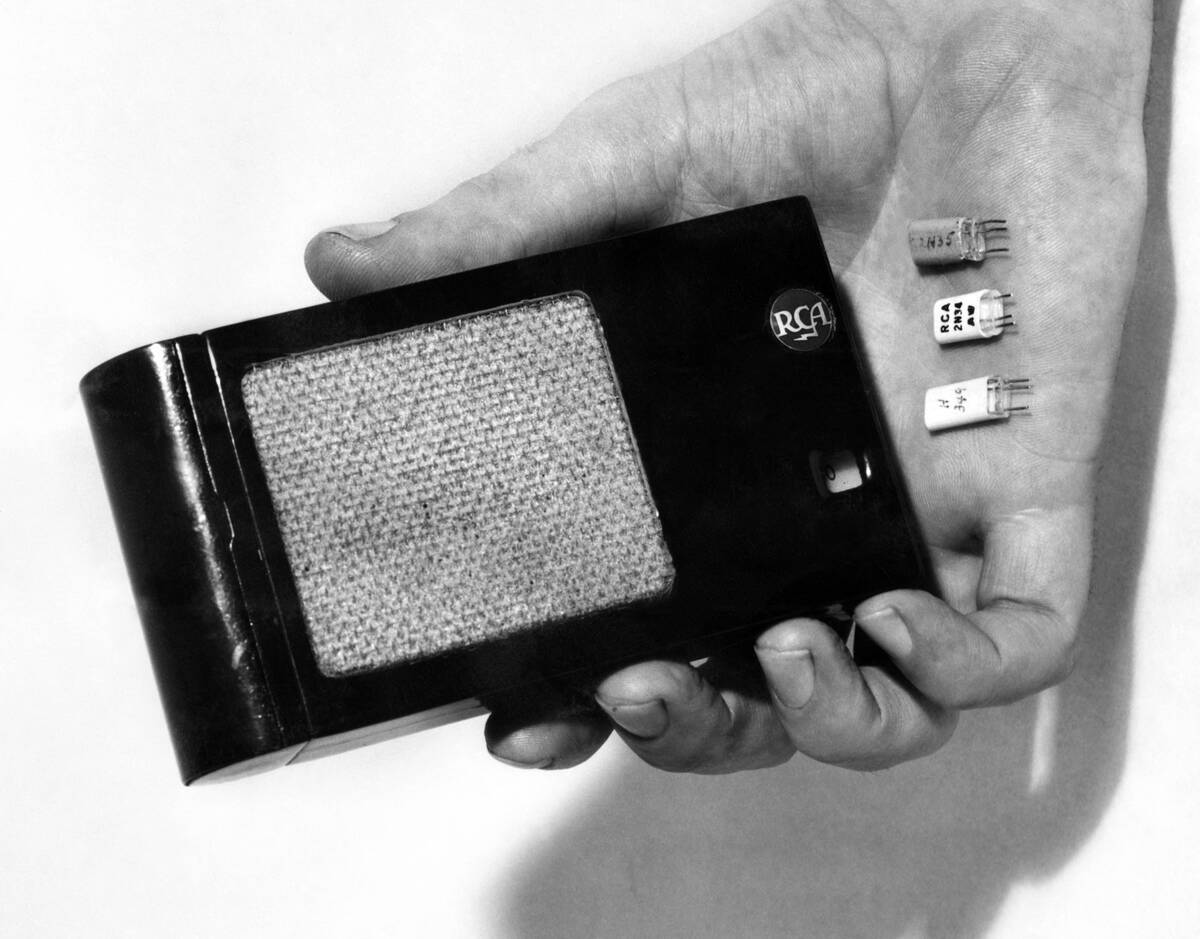
Initially invented in 1947 at Bell Labs, the transistor almost immediately became one of the most transformative inventions of the 20th century.
Within a few short years, transistors were everywhere, replacing vacuum tubes in electronics to make them smaller, faster, and more energy-efficient. Most people became familiar with this new tech when they bought their first transistor radio.
Integrated Circuit

A collaboration between Jack Kilby of Texas Instruments and Robert Noyce of Fairchild Semiconductor, the integrated circuit was developed in the late 1950s. The genius of this invention is that it allowed multiple transistors and other electronic components to be fabricated onto a single chip.
Needless to say, this led to a massive reduction in the size and cost of electronic devices, and integrated circuits were being used in military and space applications by the early ’60s.
Color Television
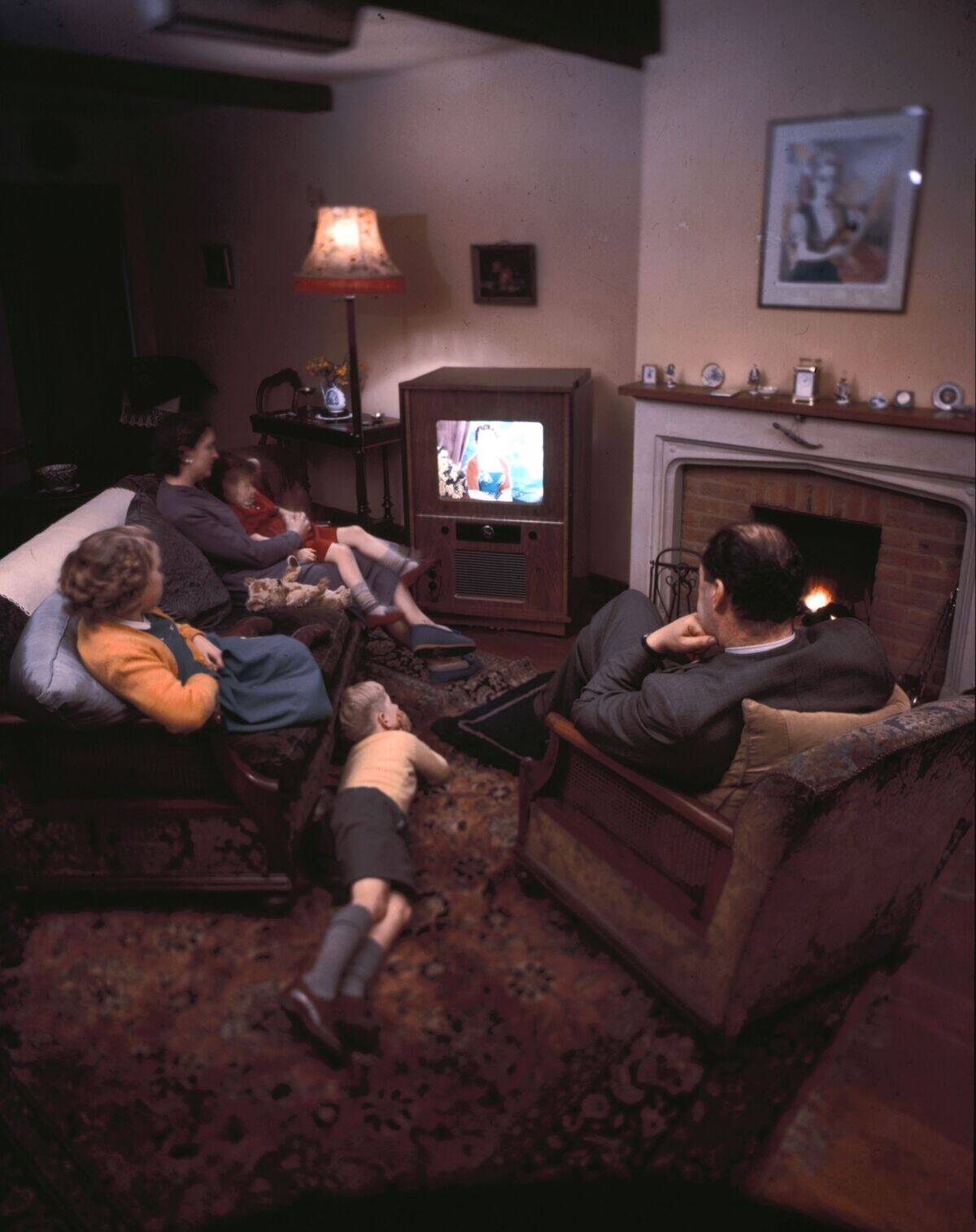
The viability of color television was demonstrated in the 1940s, and by the mid-’50s, the technology began to gain traction with the general public.
A lot of this came from the fact that the NTSC color standard was adopted in the United States in 1953, which paved the way for color broadcasts to be compatible with existing black and white TV sets. RCA led the way in developing early color TVs, and by the 1960s, these TVs were in many American households.
Nuclear Submarines
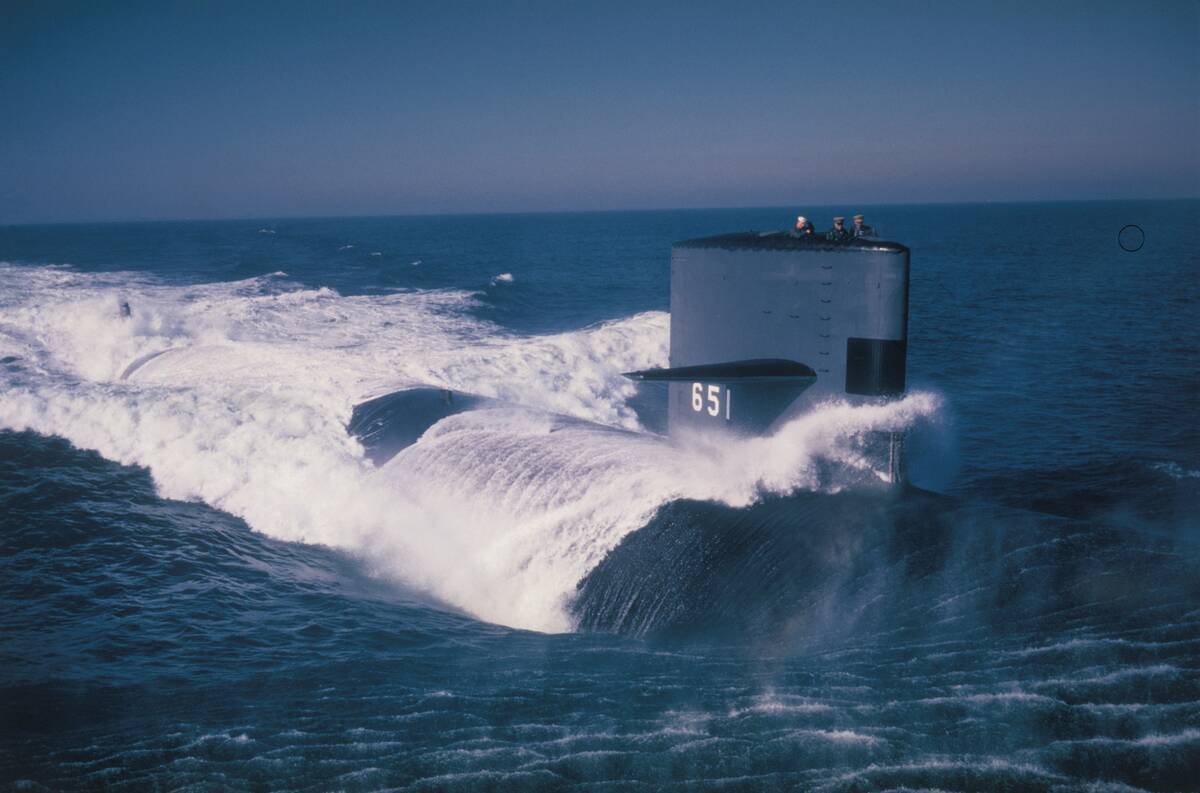
Beginning with the launch of the USS Nautilus in 1954, the United States pioneered the usage of nuclear-powered submarines. These submarines could stay submerged for weeks or even months, and had enough power to keep them going for years.
With virtually unlimited range and endurance, nuclear submarines changed the face of warfare and gave the U.S. a major strategic advantage in the early years of the Cold War.
Early Satellites
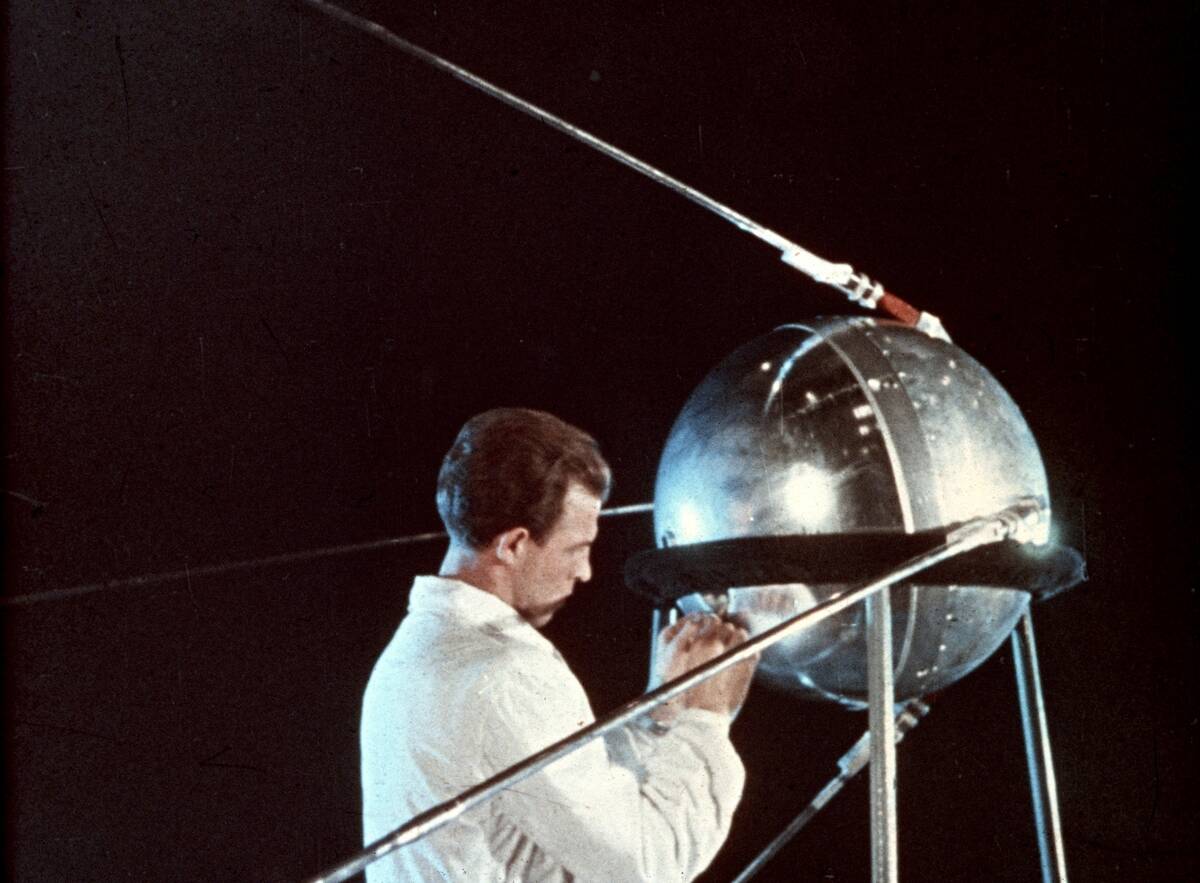
While the United States was the first nation to develop nuclear submarines, the Soviet Union beat the Americans to the punch when it came to launching satellites into space.
Sputnik 1, launched by the Soviet Union in 1957, stunned the world and immediately started the Space Age. While it was essentially a beeping metal ball, it symbolized a massive leap in technological capacity.
Digital Computers
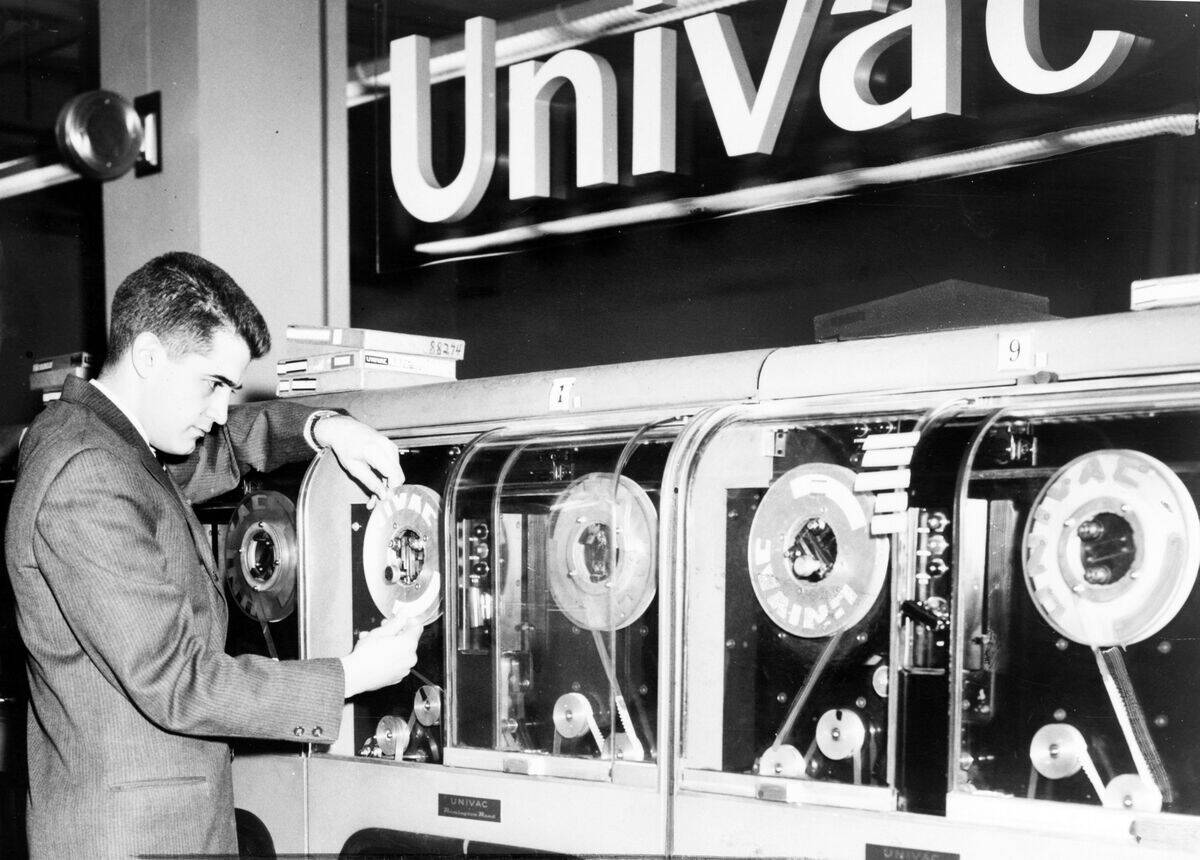
UNIVAC I, seen here, was the first commercially-produced digital computer in the United States. While it weighed close to 30,000 pounds and used thousands of vacuum tubes, it could perform thousands of calculations per second.
The seminal computer also gained mainstream notoriety after it correctly predicted the outcome of the 1952 U.S. presidential election on live television.
Cordless Power Tools
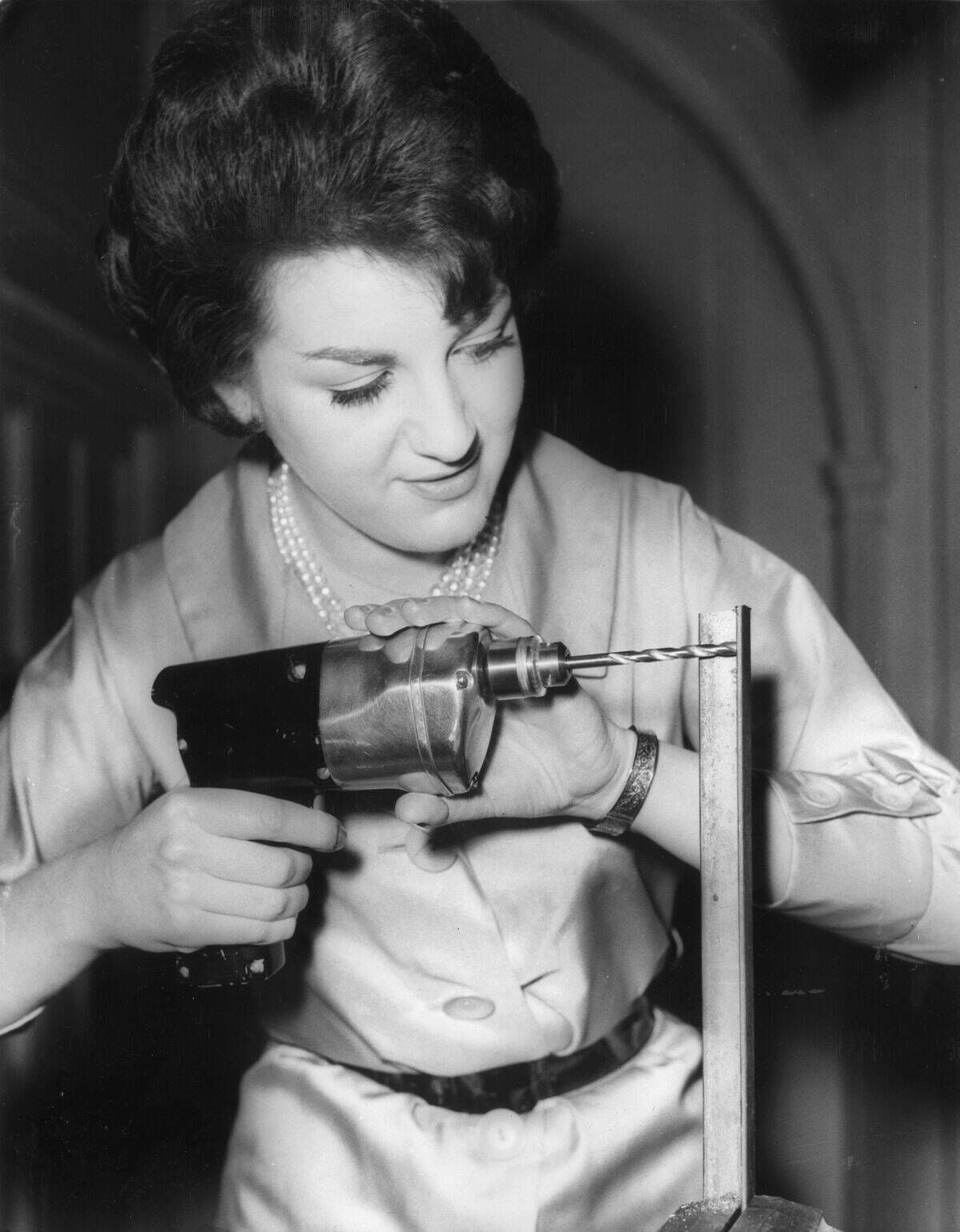
Cordless power tools are standard nowadays, but in the midcentury years, most tools had to be plugged in. That all changed in the early 1960s when Black & Decker developed battery-powered drills for NASA’s Gemini space program.
While these tools were custom-made for NASA, Black & Decker quickly recognized their commercial viability and released a lineup of cordless power tools for the consumer market.
Jet Airliners
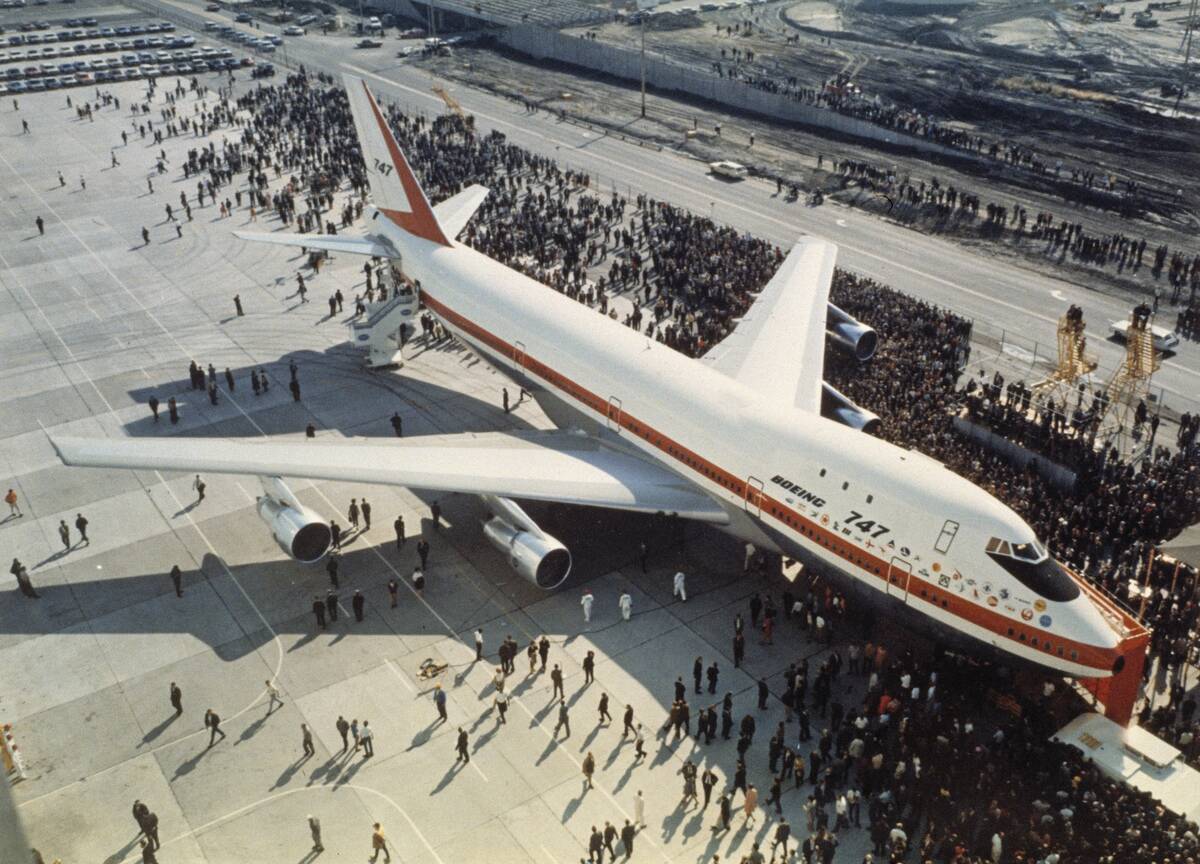
Beginning with the Boeing 707 in the late ’50s and continuing through the 747 (shown here) in the late ’60s, these decades marked the beginning of the Jet Age. With pressurized cabins, fast speeds, and transcontinental range, these planes were a major step forward for aviation.
During this era, airlines like Pan Am became iconic, while older methods of transportation — like ocean liners — fell by the wayside.
Lasers
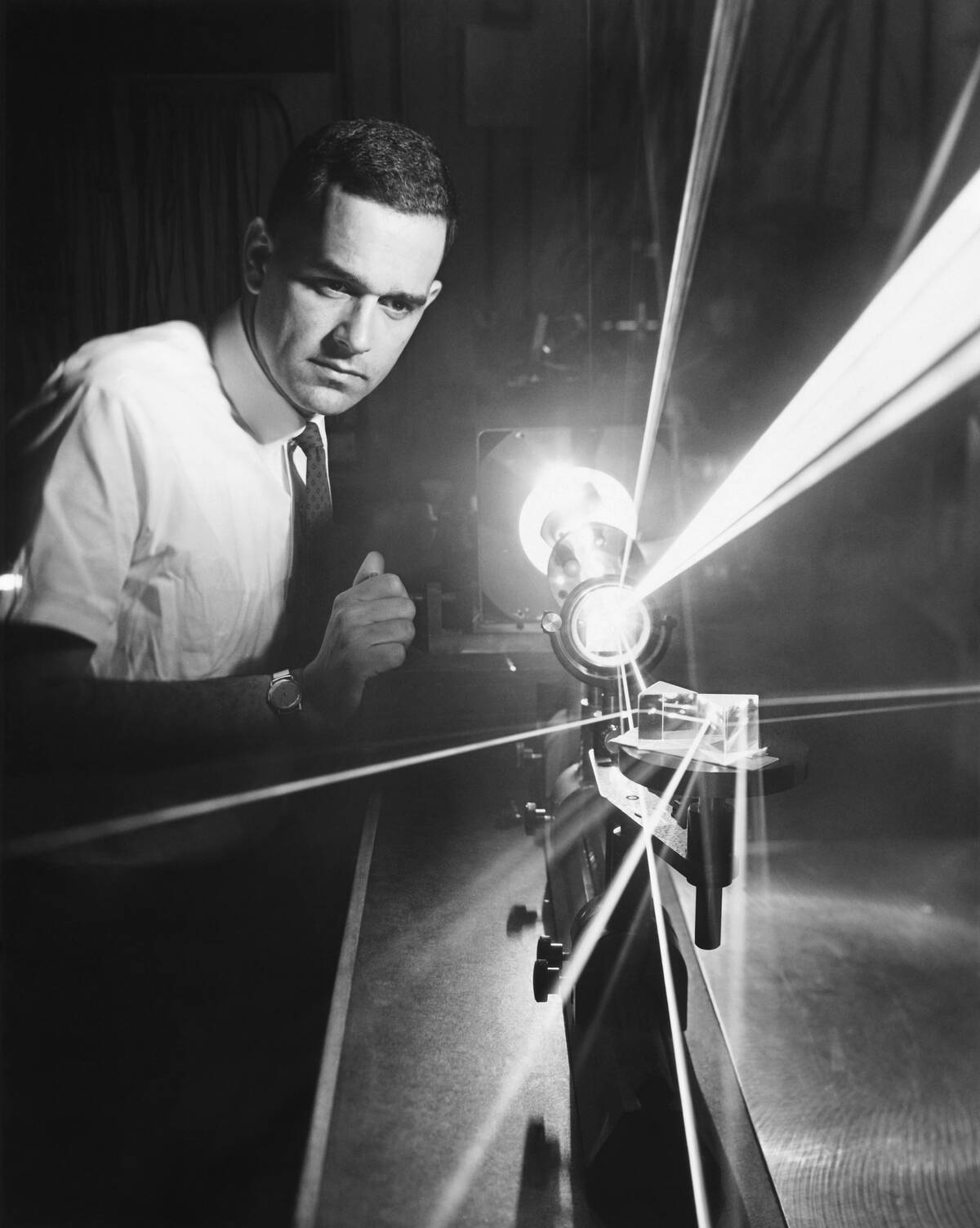
In 1960, the first working laser (which stands for “light amplification by stimulated emission of radiation) was developed, using a synthetic ruby crystal.
While the concept was originally proposed by Albert Einstein decades earlier, it took some time to create the first working lasers. Their precision and power quickly found applications in medicine, communication, manufacturing, and scientific research.
Hovercrafts
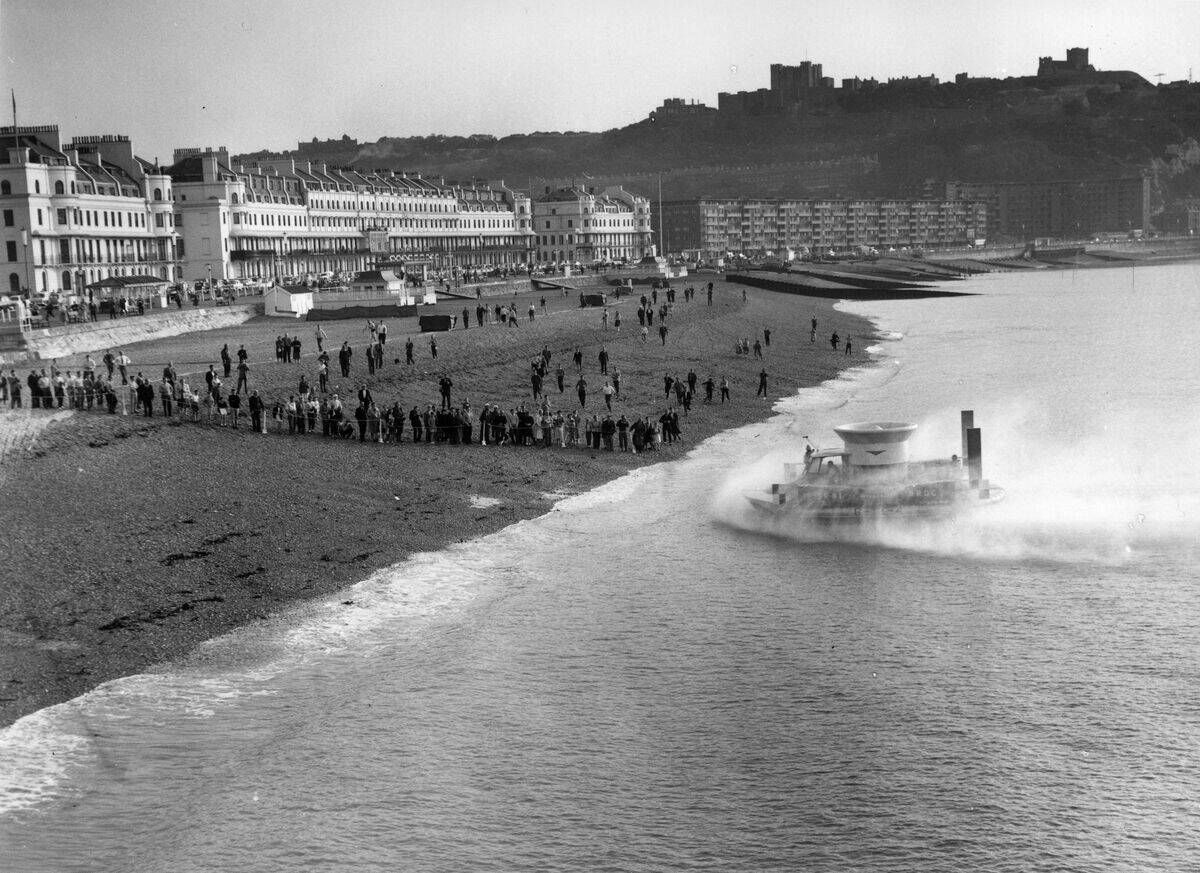
Beginning with the concept SR.N1 prototype in 1959, developed by British inventor Christopher Cockerell, hovercrafts were vehicles that could travel over land and water on a cushion of air.
While hovercrafts never became particularly widespread, they were nonetheless seen as a futuristic mode of transport and the technology was used in various ferry services.
Videotape Recorder
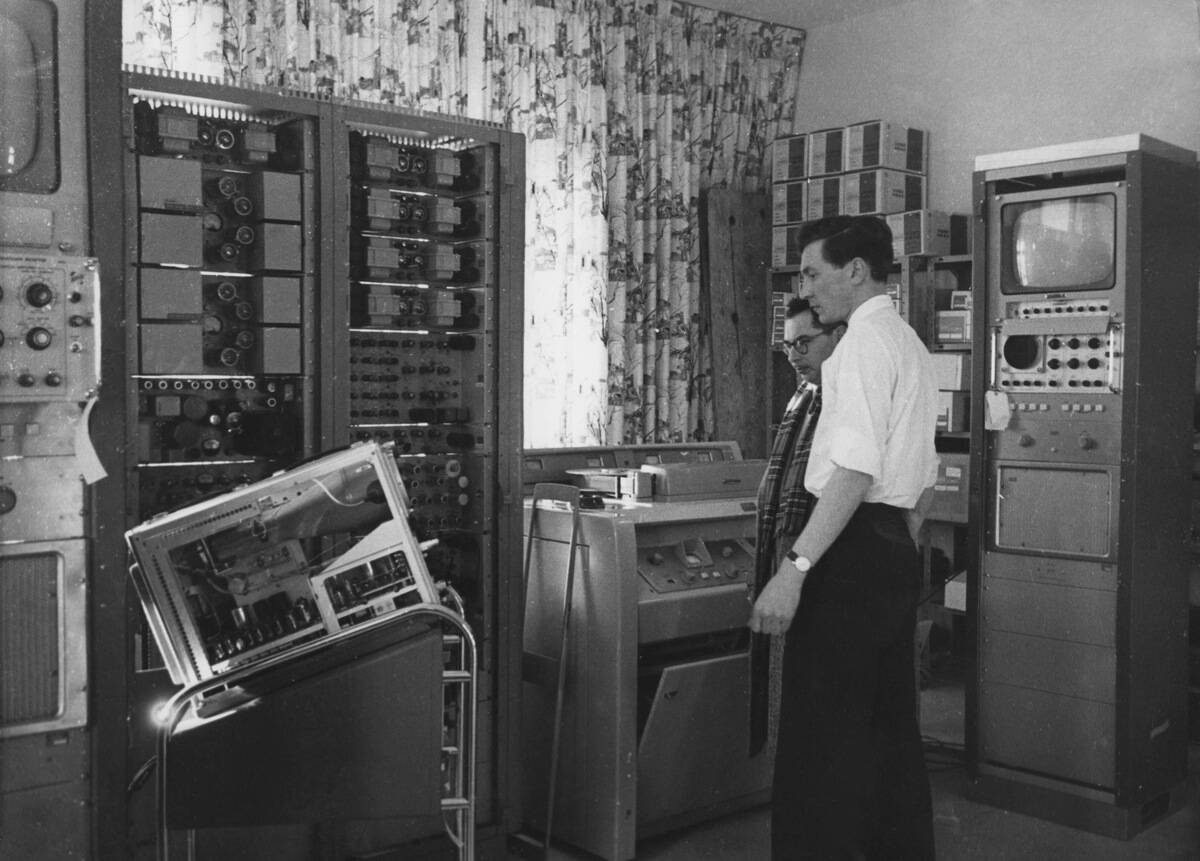
The Ampex VRX-1000, introduced in 1956, was the world’s first practical videotape recorder. It was a far cry from the VCRs that came later, but it was still capable of capturing television broadcasts on two-inch-wide magnetic tape.
Because the price tag exceeded $50,000, this was not a consumer-ready product, but broadcasters jumped on the new technology, which helped to revolutionize their programming.
Satellite Communications
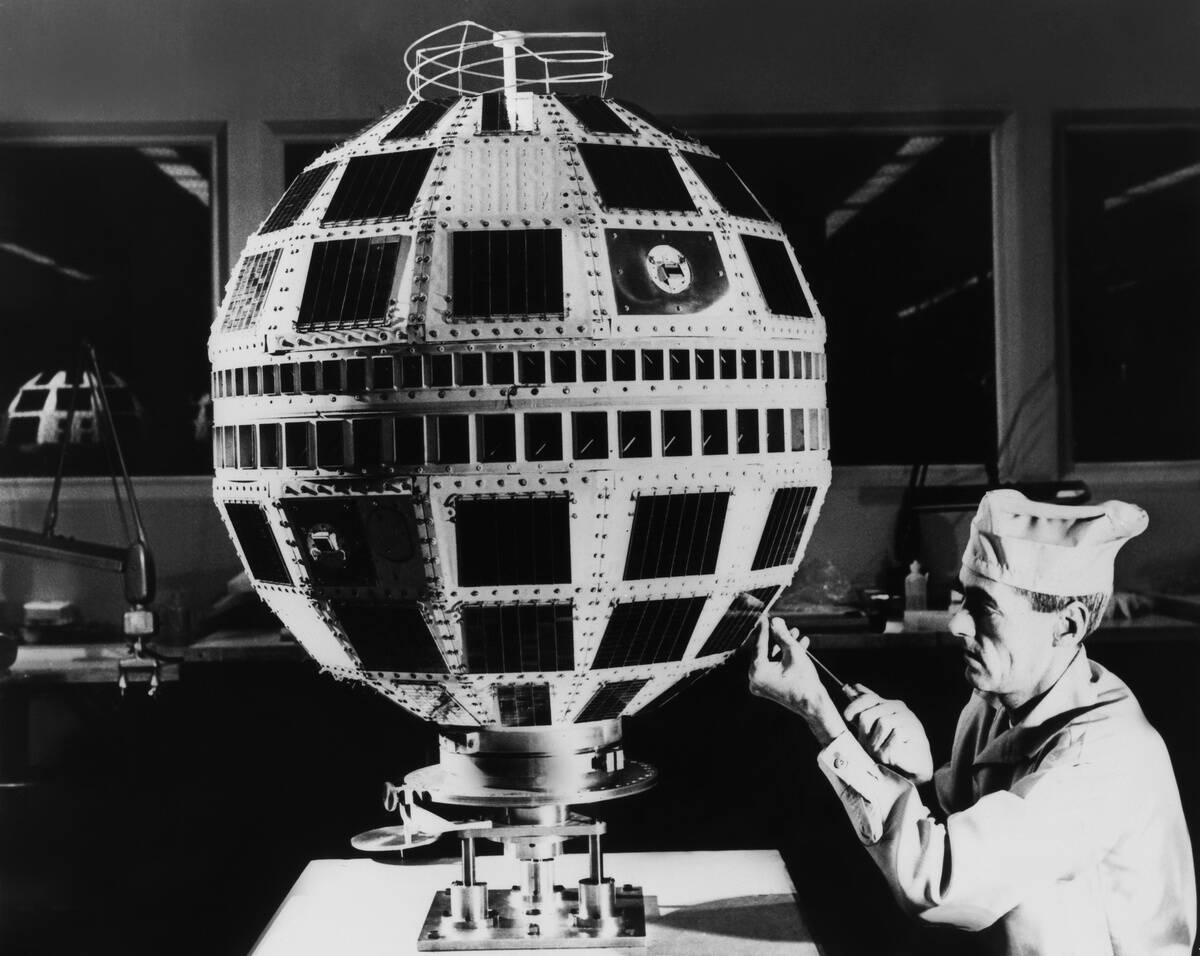
Sputnik 1 was essentially a proof of concept, but it didn’t take long for satellites to find practical applications. Chief among these was Telstar 1, which was launched by NASA in 1962 and could transmit live broadcasts across oceans.
While this first communications satellite had a short operational life, it demonstrated the viability of this technology, transforming the way we view television in the process.
Minicomputers

The first viable electronic computers were developed in the 1950s, and by the 1960s, the concept was refined to the point that computers didn’t need to weigh thousands of pounds anymore.
Beginning with the DEC PDP-8, seen here, minicomputers were (relatively) inexpensive and (relatively) small. This particular computer cost around $18,000 and could fit into a space the size of a refrigerator.
Apollo Guidance Computer
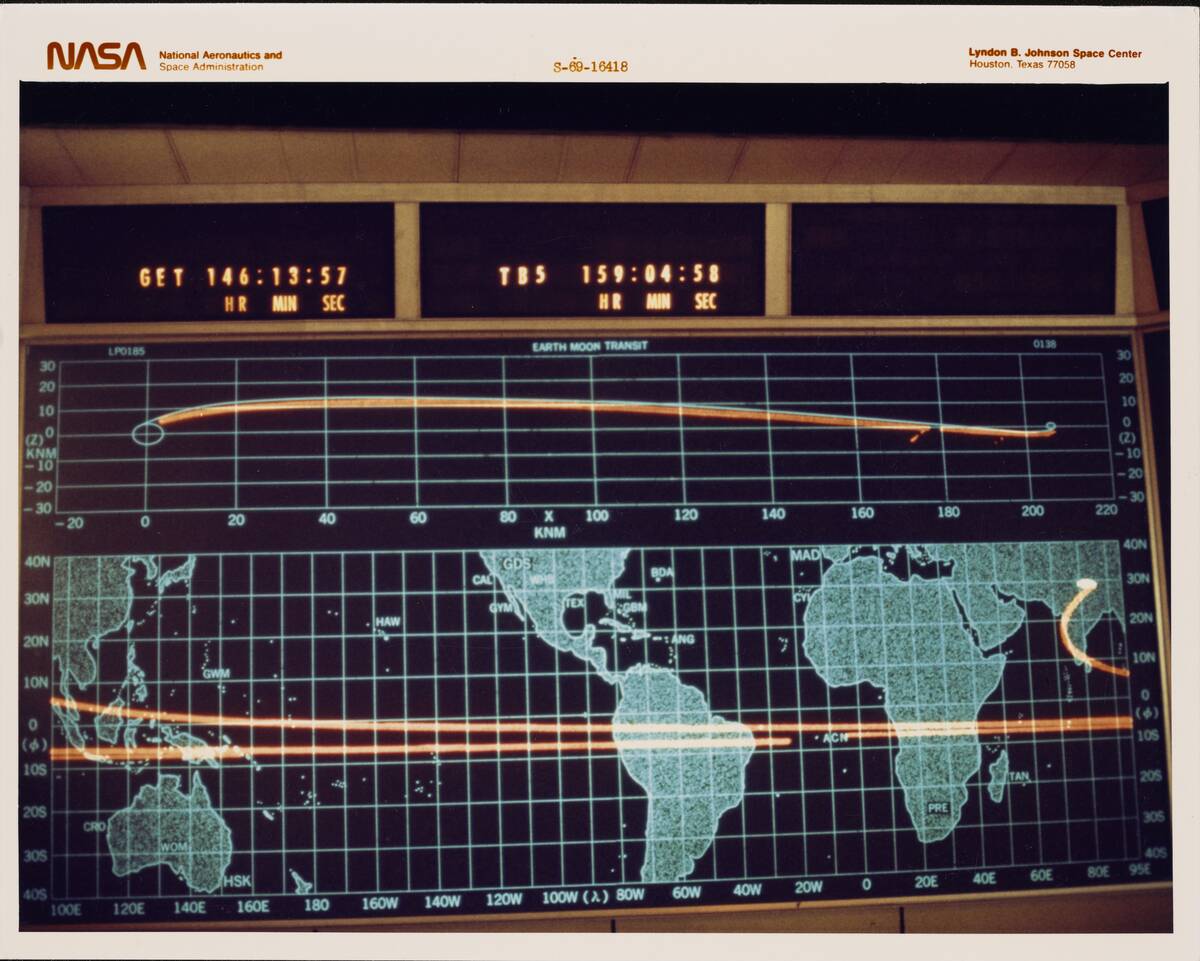
This wasn’t a consumer product, but the Apollo Guidance Computer (AGC) was an impressive piece of tech regardless. It was among the first computers to use integrated circuits, which made it small and lightweight enough for space travel.
Featuring real-time computing, error detection, and a user-friendly interface, the AGC helped to safely guide astronauts during lunar missions — all while having less processing power than a modern calculator.
Instant Cameras
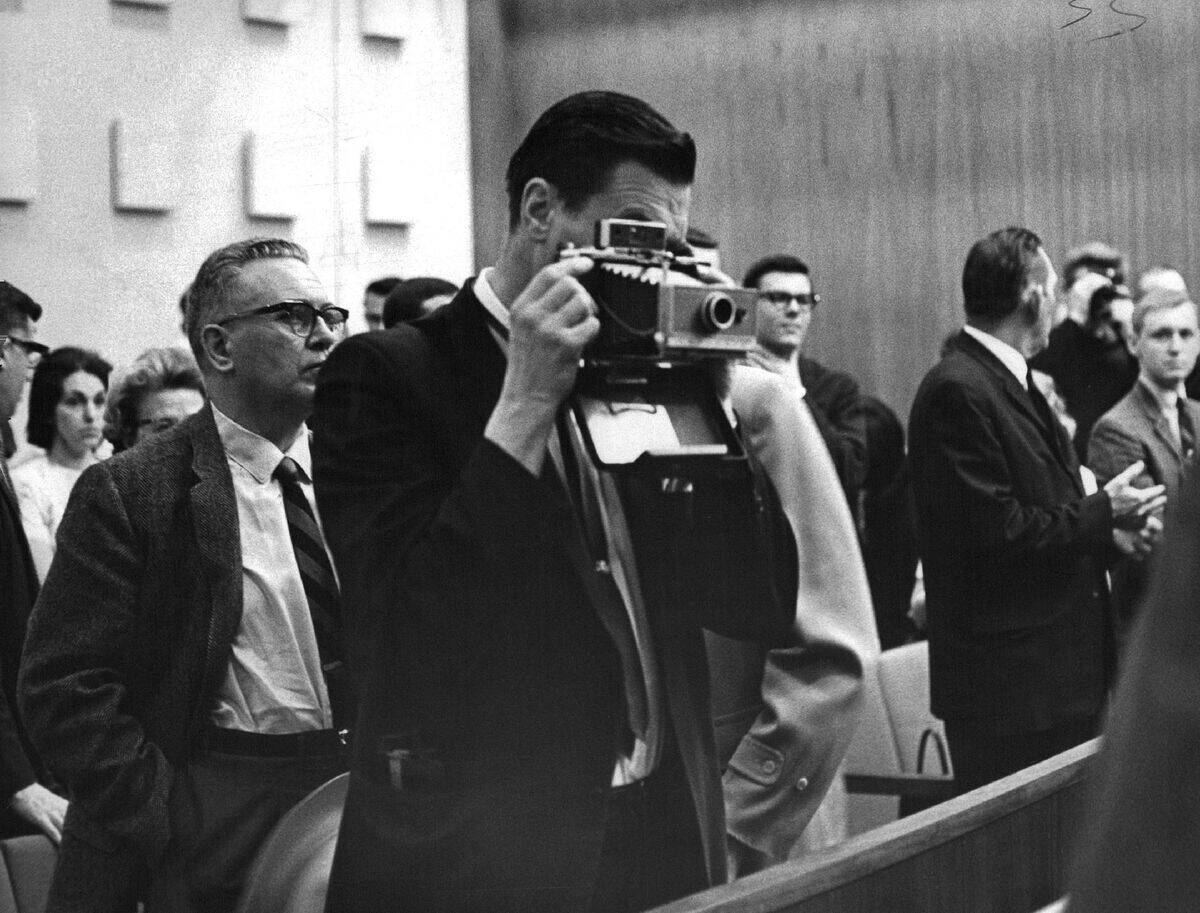
In the days when photographs were taken on film, it took time for the photos to be developed — which makes the appeal of instant cameras like Polaroids immediately evident.
These cameras would print out a physical photograph immediately after a picture was taken, and the snapshot would quickly develop within a couple of minutes. For a population used to waiting days or weeks to see photographs, this was revolutionary.


